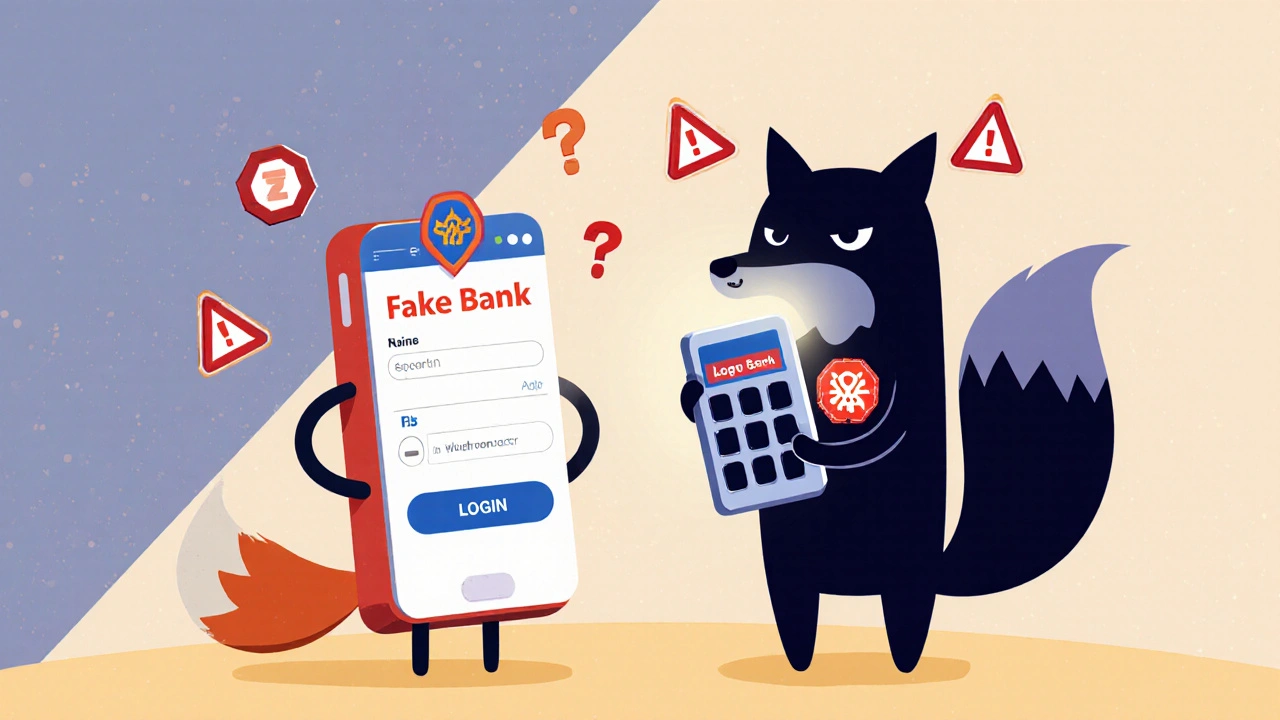Mobile Banking Threats: How Scams, Spyware, and Poor Security Put Your Money at Risk
When you log into your bank app on your phone, you’re trusting a lot more than just your password. Mobile banking threats, digital attacks targeting financial apps and devices to steal money or personal data. Also known as mobile financial fraud, these threats are growing smarter, faster, and more personal than ever. Your phone isn’t just a tool—it’s your wallet, your ID, and your access to life savings. And if it’s not locked down, criminals are already trying to get in.
One of the biggest dangers is phishing scams, fake texts, emails, or app notifications that trick you into giving up login details. These aren’t just vague messages anymore. They look exactly like your bank’s official alerts—down to the logo, font, and even your name. Once you click and enter your credentials, your account is drained before you realize it. Then there’s spyware, malicious software hidden in fake apps or downloaded through sketchy links that records your keystrokes and screenshots. It doesn’t need your password—it just watches you type it. And it’s often installed without you knowing, especially if you sideload apps or skip security updates.
These threats don’t just target big banks. They hit fintech apps, neobanks, and even crypto wallets built into mobile platforms. A 2023 report from a major cybersecurity firm found that over 60% of mobile banking fraud cases started with a user downloading a fake app from a third-party site. Even worse, many people still use the same password across apps, or turn off biometric locks to make things "faster." That’s like leaving your house key under the mat while you’re on vacation.
What makes this worse is how fast these attacks evolve. A scam that worked last month might be gone today, replaced by a new one that uses voice cloning or deepfake video calls to impersonate your bank’s support team. And if your phone is old, unpatched, or running an outdated OS, you’re basically an open door.
But here’s the good news: you don’t need to be a tech expert to protect yourself. Simple habits—like enabling two-factor authentication, only downloading apps from official stores, and checking for app permissions—can block 90% of attacks. You also don’t need to avoid mobile banking. You just need to treat it like you treat your front door: lock it, check it, and never ignore the warning signs.
Below, you’ll find real-world breakdowns of how these threats actually work, what banks aren’t telling you, and the exact steps you can take right now to make your mobile finances safer. No theory. No fluff. Just what’s happening—and how to stop it before it hits your account.




